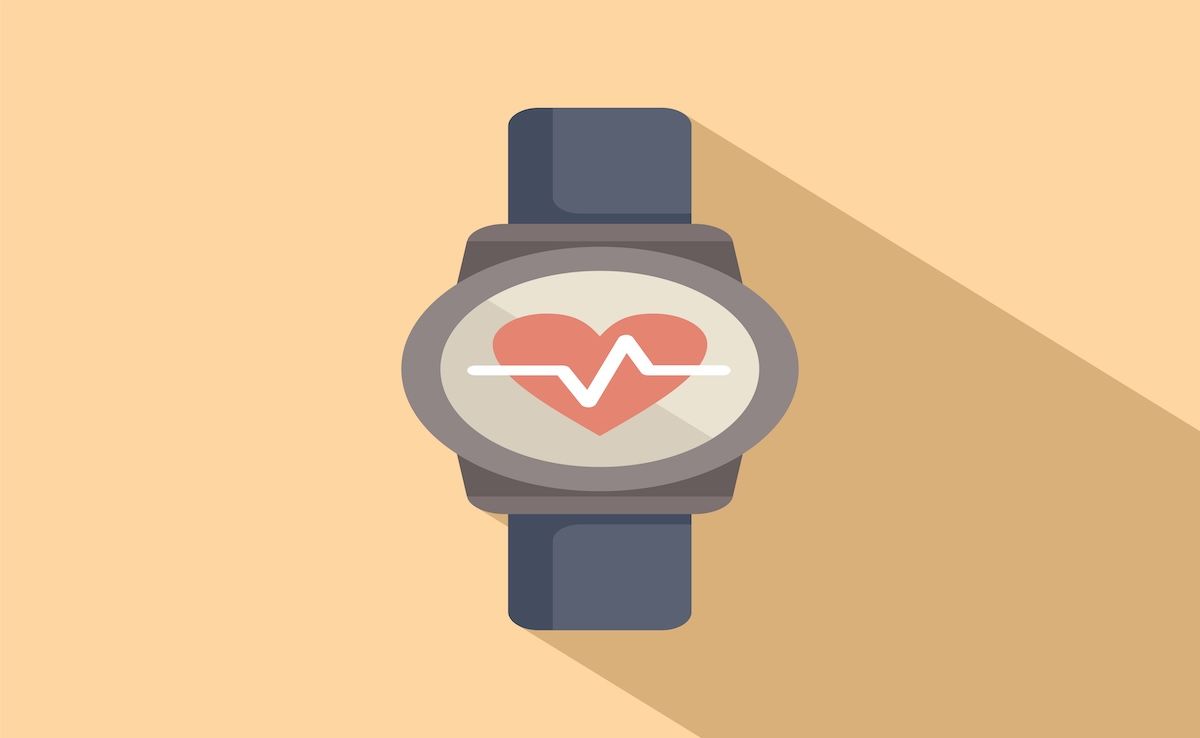Article
Exercise Right Heart Catheterization Can Help Clarify PH Diagnosis
Author(s):
Investigators found significant shifts in diagnosis of and prescriptions for pulmonary hypertension (PH) when exercise right heart catheterization was used.
A new report shows the use of exercise right heart catheterization (RHC) can lead to significant shifts in the decisions physicians make regarding the diagnosis of pulmonary hypertension (PH) due to left heart disease (PH-LHD) and the use of drug therapy for pulmonary arterial hypertension (PAH).
Writing in Pulmonary Circulation, the study authors explained that a better understanding of PAH has led to a surge in referrals of patients with suspected PH to specialty diagnostic clinics. Many of those patients are older and have several risk factors for cardiovascular disease, the authors said.
“The challenge for clinicians is to identify patients that will benefit from appropriate PAH drug therapy vs those with PH-LHD (particularly heart failure with preserved ejection fraction [HFpEF]) for whom PAH drug therapies have not shown benefit and may cause harm,” they wrote.
The gold standard for diagnosing PAH is RHC, but the investigators said sometimes patients meet the hemodynamic classification of PAH but have clinical characteristics more similar to HFpEF. The investigators wanted to find out whether exercise RHC might be a solution.
“Exercise stress during RHC may clarify the contributions of pulmonary vascular or left heart pathophysiology to PH,” the authors said.
Previous literature suggests 4 of 10 people who have been given a PH diagnosis based on resting RHC can be reclassified by catheterization during exercise. However, the authors said it is not clear whether and how this affects clinical management of such patients.
They retrospectively studied 61 patients who had risk factors for PH-LHD and had suspected PH. The average patient age was 69 years. Forty-four percent had a history of coronary artery disease and 34% had atrial fibrillation. Patients were tracked for 1 year, and the authors looked for outcomes that included change in PAH drug therapy and changes in patient-reported quality of life.
The authors found a significant swing in diagnosis when exercise RHC was performed. Initially, when tested at rest, 36% of the cohort was deemed to have no PH, 44% had PAH, and 20% had PH-LHD. When they were given exercise RHC, however, just 15% of the study participants did not have PH, 36% had PAH, and 49% had PH-LHD.
The investigators also found a significant shift in prescription patterns. Prior to exercise RHC, the cohort had just 11 prescriptions for PAH drugs. After exercise RHC, that number jumped to 24. Those receiving therapy reported that it improved their quality of life.
“Exercise RHC appeared to influence the selection of PAH drug therapy both in the case where exercise confirmed the diagnosis as well as when exercise changed the diagnosis,” the study authors concluded.
They said additional research will be needed to better understand patient outcomes beyond self-reported quality of life metrics, because significant questions remain regarding diagnosis and treatment in these patients. However, they said their experience suggests that in many patients with overlapping risk factors for World Health Organization group 1 and 2 diseases, resting hemodynamics are not sufficient to discern PH subtypes.
Reference:
Mak S, Kolker S, Girdharry NR, et al. The role of exercise right heart catheterization to guide pulmonary hypertension therapy in older adults. Pulm Circ. Published online July 1, 2022. doi:10.1002/pul2.12103





